At the beginning of the 1960s, the population of Wales was over 2.5 million. From 1945 until 1966, the Labour party controlled 32 of the 36 Welsh constituencies in rural Wales. However, their position did not last. In the mid-1960s, the nationalist party Plaid Cymru began to gain momentum. The party won its first parliamentary seat in a by-election in Carmarthen but lost it in 1970.
The Welsh Language Society, which was founded in 1962, brought a measure of militancy to the cause of preserving the language. This contributed to a more positive response to its decline, culminating in the Welsh Language Act of 1967. During the Labour administration of 1964, a secretary of state for Wales was appointed with departmental responsibility. Subsequent Labour and Conservative administrations transferred much power to the Welsh Office.
Here are some stunning vintage photos that will take you back to the 1960s in Wales.
#1 Caernarvon Castle, Caernarvonshire, 1960s
#2 Aberystwyth, Cardiganshire, 1960s
#3 Caswell Bay, Gower Peninsular, Glamorgan, 1960s
#4 Coney Beach, Porthcawl, Glamorgan, 1960s
#5 The world’s first Hovercraft passenger service, from Wirrel to Rhyl, 1960s
#6 Bridge Street in Crickhowell, Powys, Wales, 1964.
#7 Tenby Harbour, Tenby, Pembrokeshire, Wales, 1964. Tenby Harbour at low tide, in which boats are beached, with Castle Hill and colourfully painted houses on Bridge Street and Pier Hill.
#8 Wisemans Bridge, Pembrokeshire, 1960s
#9 Barmouth, Merioneth, 1960s
#10 Caernarvon Castle, Caernarvonshire, 1960s
#11 Conwy Castle, 1960s
#12 Conwy Morfa, Caernarvonshire, 1960s
#13 Conwy Morfa, Caernarvonshire, 1960s
#14 Conwy Morfa, Caernarvonshire, 1960s
#15 Conwy Morfa, Caernarvonshire, 1960s
#16 Crosville Bristol Lodekka, Holway Road, Holywell, 1960s
#17 Fishguard Harbour, Pembrokeshire, 1960s
#18 Holway Garage, Holway Road, Holywell, Flintshire, 1960s
#19 Holway Garage, Holway Road, Holywell, Flintshire, 1960s
#20 Holway Road, Holywell, Flintshire, 1960s
#21 Llanberis Station to Snowdon, 1960s
#22 Llanfairpwllgwyngyll Station, Anglesey, 1960s
#23 Lloc, Holywell, Flintshire, 1960s
#24 Monmouth, Monmouthshire, 1960s
#25 Mountain road to Aberystwyth, 1960s
#26 Newgale, Pembrokeshire, 1960s
#27 Pembroke Castle, 1960s
#28 Penally Station, Pembrokeshire, 1960s
#29 Prescelly HIlls, Pembrokeshire, 1960s
#30 Prestatyn, Ffrith Beach, Flintshire, 1960s
#31 Rhyl, Flintshire, 1960s
#32 Tenby, Pembrokeshire, 1960s
#33 Tenby, Pembrokeshire, 1960s
#34 Tenby, Pembrokeshire, 1960s
#35 Tenby, Pembrokeshire, 1960s
#36 Tenby, Pembrokeshire, 1960s
#37 The Paddock Inn, Penally, Tenby, Pembrokeshire, 1960s
#38 The Singing Kettle Restaurant, Lloc, Holywell, 1960s
#39 The Singing Kettle Restaurant, Lloc, Holywell, 1960s
#40 The Singing Kettle Restaurant, Lloc, Holywell, 1960s
#41 Train at summit of Snowdon, 1960s
#42 View from Oystermouth Castle (Mumbles Pier in the distance), 1960s
#43 Children stand on the street in the mining town of Tonypandy, Wales, United Kingdom, 1966.
#44 A woman crosses the street in the mining town of Tonypandy, Wales, United Kingdom, 1966.
#45 A mother and her three children walk along a near empty street in the mining town of Tonypandy, Wales, United Kingdom, 1966.
#46 Street Scenes, Aberystwyth, Ceredigion, West Wales, 20th May 1965. Shoppers in busy Great Dark Gate Street.
#47 Street Scenes, Aberystwyth, Ceredigion, West Wales, May 1965. Looking down Great Dark Gate Street towards North Parade.
#48 Cycle Street in Adamsdown, an inner city area and community in the south of Cardiff, Wales, 14th January 1965.
#49 Street Scenes, Aberystwyth, Ceredigion, West Wales, Circa 1965. North Gate Street.
#50 Adamsdown Square, Adamsdown, an inner city area and community in the south of Cardiff, Wales. Circa 1965. Our Picture Shows Adamsdown Square where five roads meet.
#51 Newtown was a residential area of Cardiff, Wales that existed from the mid-nineteenth century until it was demolished in 1970. Pictured, a street scene, December 1964.
#52 Hayes Island Snack Bar. Cardiff, South Glamorgan, Wales. October 1964.
#53 General shots of the village Rhiwlas, in Bangor, Gwynedd, Wales. Children playing outdoors, 20th September 1964.
#54 General shots of the village Rhiwlas, in Bangor, Gwynedd, Wales. Children playing outdoors, 20th September 1964.
#55 Mill Lane Fruit Market, Cardiff, Wales, Tuesday 11th August 1964.
#56 Mill Lane Fruit Market, Cardiff, Wales, Tuesday 11th August 1964.
#57 New Street behind Mill Lane Market, Cardiff, Wales, Tuesday 11th August 1964. Newforce Fine Food.
#58 The Pier at Aberystwyth Harbour, Ceredigion, West Wales, July 1964.
#59 Mill Lane Fruit Market, Cardiff, Wales, June 1964.
#60 Young machinists being trained in the training school of Lotery’s factory in Newport, Wales. March 1964.
#61 Newtown was a residential area of Cardiff, Wales that existed from the mid-nineteenth century until it was demolished in 1970. Pictured, Tyndall Street, 1964.
#62 Street Scenes, Aberystwyth, Ceredigion, West Wales, August 1963. Terrace Road, looking towards the sea.
#63 Street Scenes, Aberystwyth, Ceredigion, West Wales, 12th July 1963. Great Dark Gate Street, looking down into North Parade.
#64 A view of a block of Easiform flats with a ground floor shop in Chepstow, showing a woman pushing a pram in the foreground.
#65 W. Woolworth & Co LTD, Commercial Street, Newport. Gwent, Wales, 28th August 1962.
#66 Miners wait outside of the Pavilion at Porthcawl, for the annual NUM South Wales miners conference, Porthcawl, Bridgend, South Wales, 1st May 1962.
#67 Miners wait outside of the Pavilion at Porthcawl, for the annual NUM South Wales miners conference, Porthcawl, Bridgend, South Wales, 1st May 1962.
#68 A group of girls at the fairground at Barry Island, Vale of Glamorgan, Wales, 23rd April 1962.
#69 Caerphilly Castle, a medieval fortification in Caerphilly in South Wales, 18th January 1962.
#70 Cardiff city council have agreed to spend 91,582 on acquiring the Hayes block of buildings, which is only a small section of the immense redevelopment planned for the city’s central area.
#71 The two centre tracks in this north-looking view of Bargoed station were originally the Rhymney Railway’s main line from Cardiff to Rhymney.

The two centre tracks in this north-looking view of Bargoed station were originally the Rhymney Railway's main line from Cardiff to Rhymney. In this view of 18th April 1962, GW 0-6-0PT No.3706 is seen taking water on the left, at the head of a Newport to Brecon through train. GW 0-6-2T No.5601 is seen, right, with a sister engine standing centre. The engines face in the uphill direction, as did all the valley's locomotives, in order to ensure a propoer cover of water over the firebox when climbing the many steep gradients.
#72 An exterior view of James Howells department store, Wharton Street, Cardiff, Wales. September 1961.
#73 Crystal Glen, The Heath, Cardiff, Wales. 14th August 1961.
#74 The Oxford Hotel in The Hayes area, Cardiff, Wales, July 1961.
#75 Free Car Park – Capel Curig-Beddgelert Road, North Wales
#76 Street Scenes, Aberystwyth, Ceredigion, West Wales, 22nd June 1961. Tree lined main street with its ample parking spaces.
#77 Port Talbot Steelworks, 1961
#78 Galston Street in Adamsdown, an inner city area and community in the south of Cardiff, Wales, 23rd January 1961.
#79 Kilcattan Street in Adamsdown, an inner city area and community in the south of Cardiff, Wales, 23rd January 1961.
#80 Penllyn Castle is a Norman architecture castle, in Cowbridge, Vale of Glamorgan South Wales, 1961.
#81 Tredegar, Blaenau Gwent, Wales. Located within the historic boundaries of Monmouthshire, September 1960.
#82 Ebbw Vale, Blaenau Gwent, Wales, September 1960.
#83 Ebbw Vale, Blaenau Gwent, Wales, September 1960.
#84 Tredegar, Blaenau Gwent, Wales. Located within the historic boundaries of Monmouthshire, September 1960.
#85 Tredegar, Blaenau Gwent, Wales.
#86 Queen Elizabeth II during two day visit to the welsh capital, Cardiff, Wales, Friday 5th August 1960.
#87 Cardiff Central railway station, decorated for the National Eisteddfod of Wales. 29th July 1960.
#88 The home of Shirley Bassey’s mother Eliza in Tiger Bay, Cardiff, 22nd January 1960.
#89 The home of Shirley Bassey’s mother Eliza in Tiger Bay, Cardiff, 22nd January 1960.
#90 Michael Foot, Labour MP and his wife Jill Craigie photographed in the streets of Ebbw Vale, factories in the background, 1960.
#91 Cars drive down the main street in the market town of Newtown in Montgomeryshire, Wales, 1960.
#92 Pedestrians and shoppers buy produce from market stalls lining a main street in the centre of the town of Mold in Flintshire, Wales 1960.
#93 Cars parked in front of Cardiff City Hall located in the Cathays Park civic centre area of Cardiff, Wales, 1960.
#94 A Christmas Scene outside Cardiff Castle, 1960.
#95 Austin Healey for export, Cardiff 1960.
#96 Mill Lane, Cardiff, Wales, 1960.
#97 Work in progress on the North Road / Western Avenue interchange on the northern exit from Cardiff.
#98 The Investiture of Prince Charles at Caernarfon Castle, Caernarfon, Wales, 1st July 1969.
#99 Street Scenes, Aberystwyth, Ceredigion, West Wales, 23rd June 1969.
#100 Newport Shops, Wales, 1969
#101 Bomb explosion wrecks Elan Valley Pipeline into Birmingham near West Hagley Stourbridge, the pipeline supplies water to the city of Birmingham from reservoirs at Elan Valley in Radnorshire, Monday 2nd December 1968.
#102 Walnut Tree Viaduct, a railway viaduct located above the southern edge of the village of Taffs Well, Cardiff, South Wales, Friday 20th September 1968.
#103 The demolition men are changing the face of the Gabalfa, Cardiff, junction of Western Avenue, North Road and Whitchurch Road. These shops and houses on the corner of Whitchurch Road are the latest to come down to make way for a roundabout which will be in use while work continues on the Eastern by-pass, 20th August 1968.
#104 Blocking the road outside Avana Bakeries, are these giant silos, which arrived to be installed in the new extensions of the bakeries, 14th June 1968.
#105 Brecon Cathedral, Brecon, a market town and community in Powys, Mid Wales, 11th June 1968.
#106 Aberystwyth Royal Pier & Pavillion, Ceredigion, West Wales, 15th February 1968.
#107 Port Talbot Steelworks, 1967
#108 Dunlop Semtex factory, Brynmawr, 17th May 1967.
#109 Aberfan Disaster, 1966
#110 Aberfan Disaster, 1966
#111 Aberfan Disaster, 1966
#112 Aberfan Disaster, 1966

Weeks after the October 21st tragic avalanche when tons of coal mining waste, roared down and destroyed the Pantglas Junior School killing 116 school children in their classrooms, a local Milkman, who lost a child in the disaster, goes about his daily rounds and serves a longtime customer. Aberfan, Wales 1966.
#113 Aberfan, South Wales, October 1966

Local villagers help each other, ferrying each other in whatever vehicles they can to deliver supplies and get people to safety The Aberfan disaster was a catastrophic collapse of a colliery spoil tip in the Welsh village of Aberfan, near Merthyr Tydfil It was caused by a build-up of water in the accumulated rock and shale, which suddenly started to slide downhill in the form of slurry and engulfed The Pantglas Junior School below, on 21st October 1966, killing 116 children and 28 adults.
#114 Aberfan, South Wales, 1966
#115 Aberfan, South Wales,October 1966:

Picture shows the mud and devastation caused when mining spoil from the hillside high above the town behind came down and engulfed The Pantglas Junior School on 21st October 1966. Rescuers trying to find victims and help, amongst the mud and rubble around the school site The Aberfan disaster was a catastrophic collapse of a colliery spoil tip in the Welsh village of Aberfan, near Merthyr Tydfil It was caused by a build-up of water in the accumulated rock and shale, which suddenly started to slide downhill in the form of slurry and engulfed The Pantglas Junior School below, on 21st October 1966, killing 116 children and 28 adults. Picture taken circa 21st October 1966.
#116 Rescue workers bagging and moving some of the coal spoil following the catastrophic collapse of a colliery spoil tip in the Welsh village of Aberfan, near Merthyr Tydfil, on 21 October 1966.

The resulting landslide of 40,000 cubic metres of coal slurry engulfed the village and Pantglas Junior School killing 116 children and 28 adults. It was caused by a build-up of water in the rock and shale on the local colliery spoil tip, which suddenly started to slide downhill in the form of slurry. The events of Friday, 21 October 1966 Tip no, 7, which was 500 feet above the village of Aberfan, near Merthyr Tydfil, started to slide at 9.15 am. It was the last day before half-term at the Pantglas schools below. It first hit a farm, killing everybody in it. Then it engulfed Pantglas Junior School, killing 109 children and five teachers. Only a handful of the children aged between seven and ten survived. The tip comprised colliery waste, liquefied by the springs underneath. The liquefied flow slide of about 100,000 tons of slurry lost energy and solidified again after hitting the school and neighbouring houses. A total of 144 people died, 116 children and 28 adults.
#117 The unoccupied buildings of Cross Bros Ltd, and Andrews Supermarket in Working Street, Cardiff, South Glamorgan, Wales, 2nd August 1966.
#118 Bag factory in Davies Street, Adamsdown, an inner city area and community in the south of Cardiff, Wales, 1st August 1966.
#119 Pleasure boat Prince of Wales capsized and tipped its 39 passengers into the Mawddach Estuary at Penmaenpool, Merioneth, North Wales on the 22nd July 1966 .

The summer afternoon trip became a sudden struggle for survival as the boat was making a ' U' turn towards a landing jetty. The Prince of Wales was swept against a toll bridge. A hole was torn in the boat and it sank in three minutes. Resulting in the deaths of 15 people including 4 children. Pictured, frogmen at the scene of the sinking, near the mast, 23rd July 1966.
















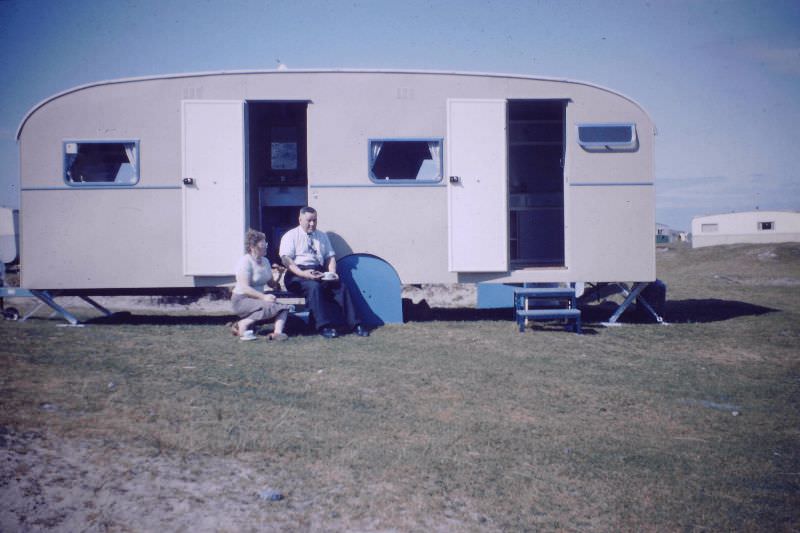


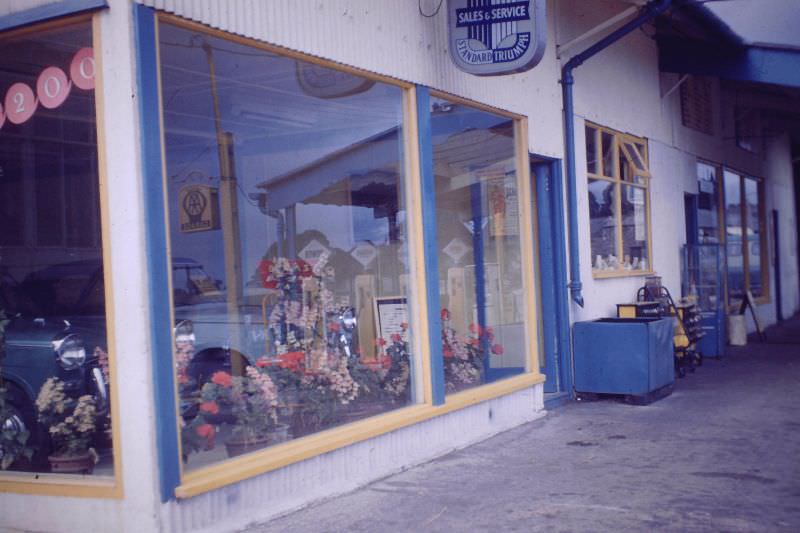

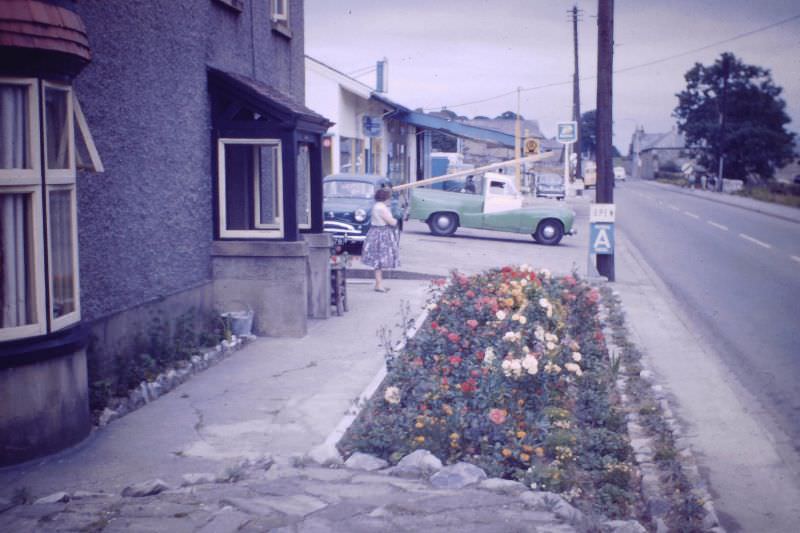

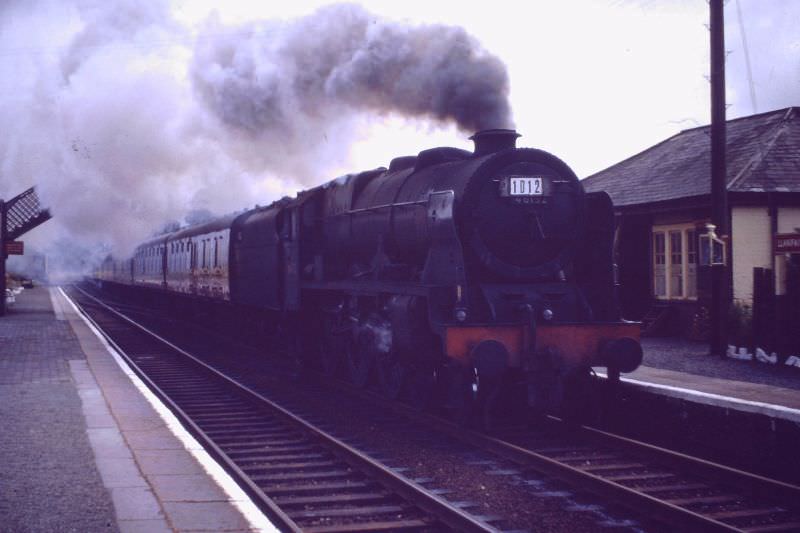

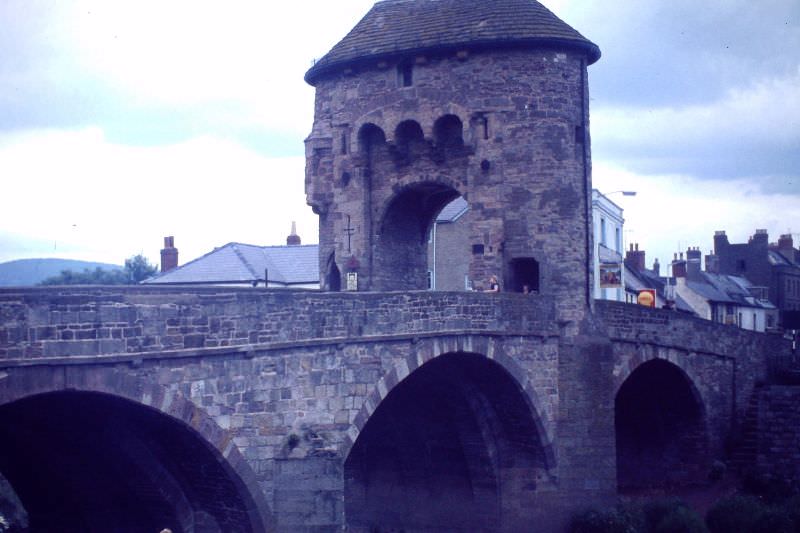
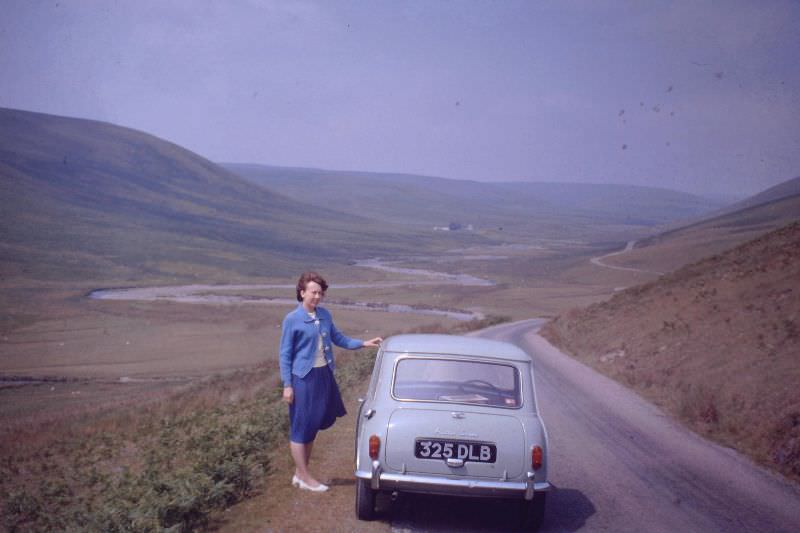









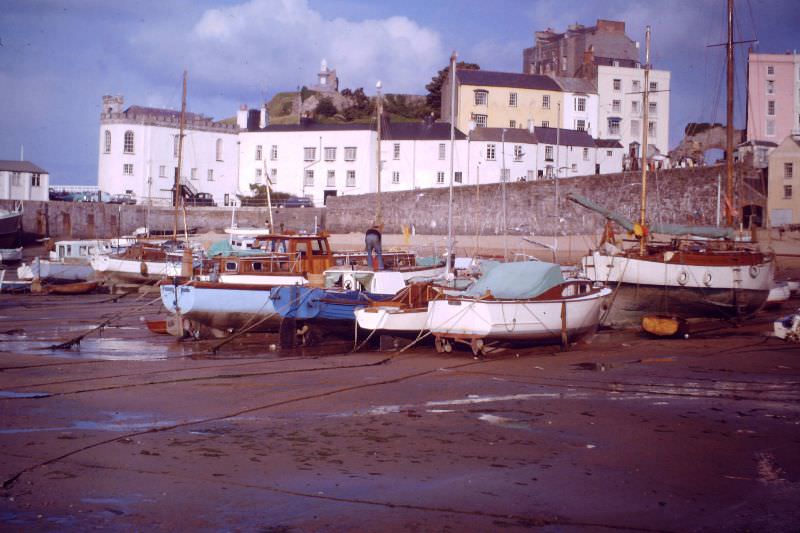




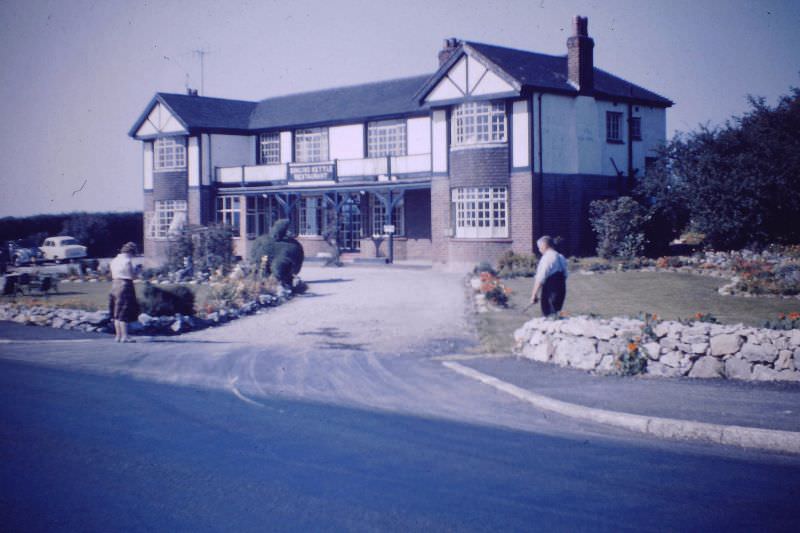
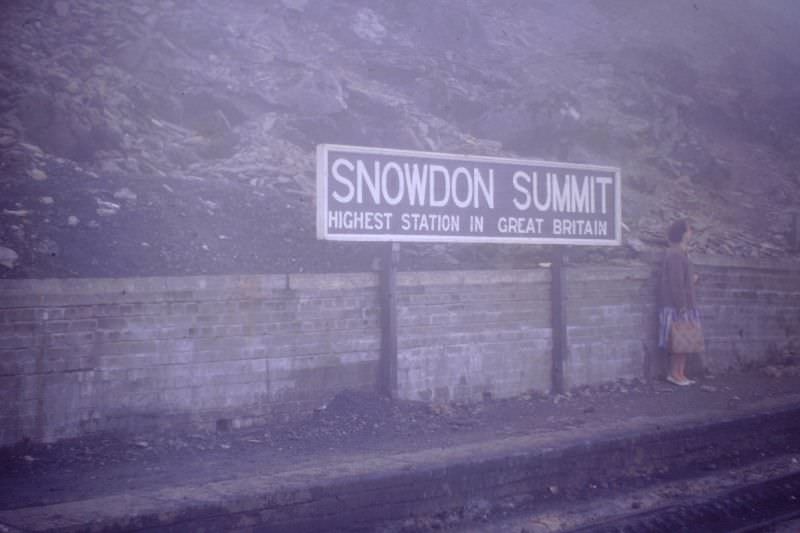

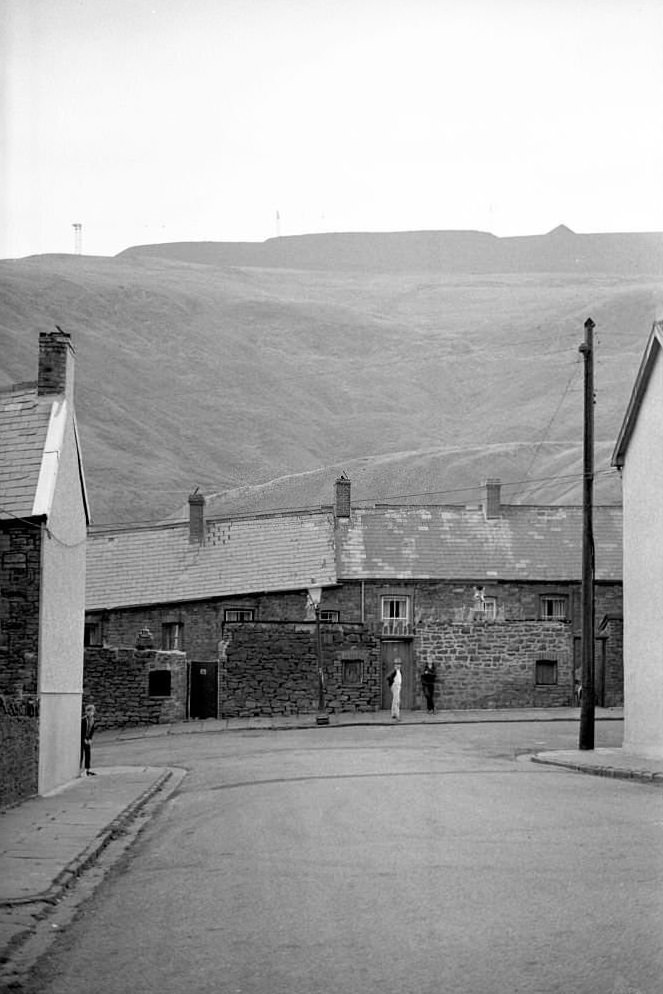

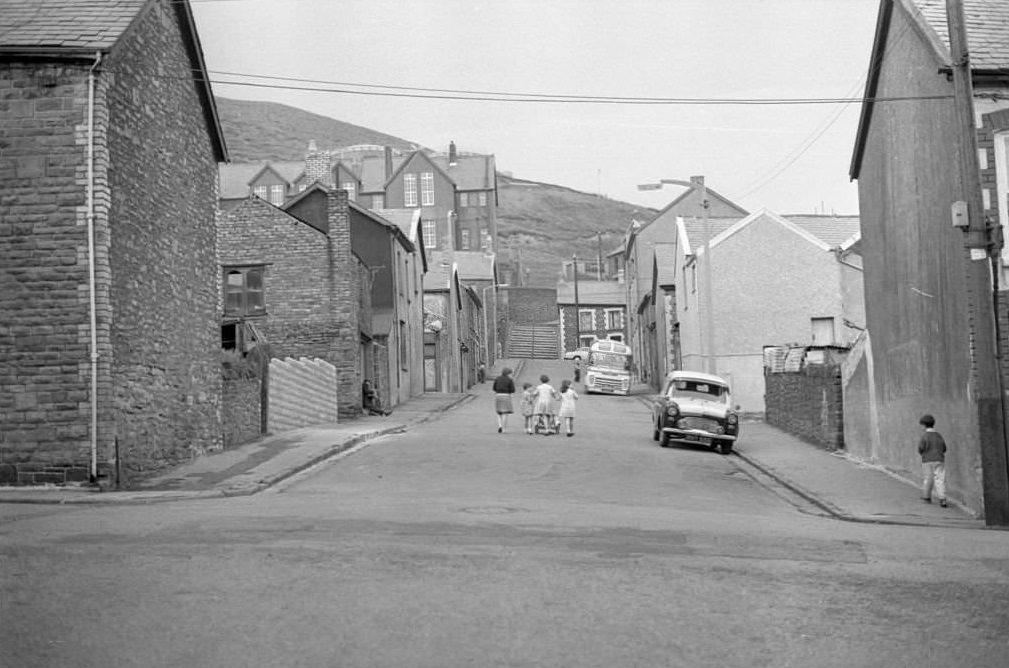


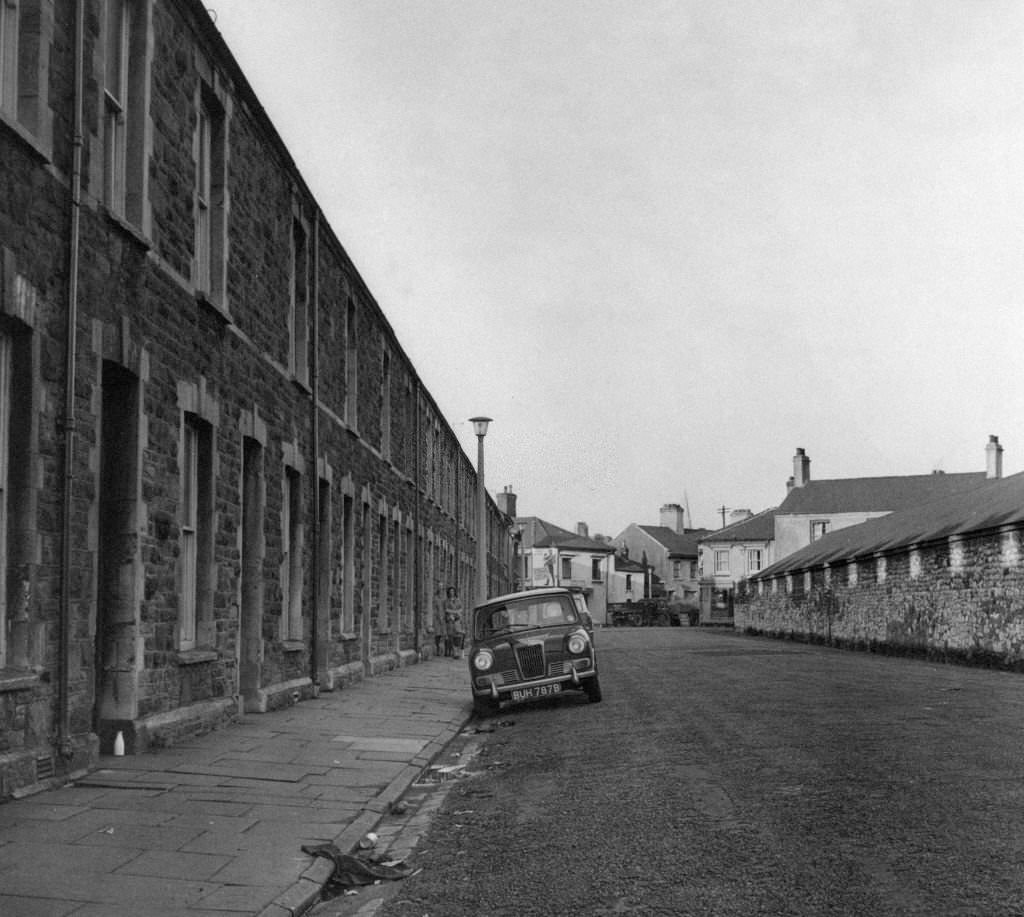



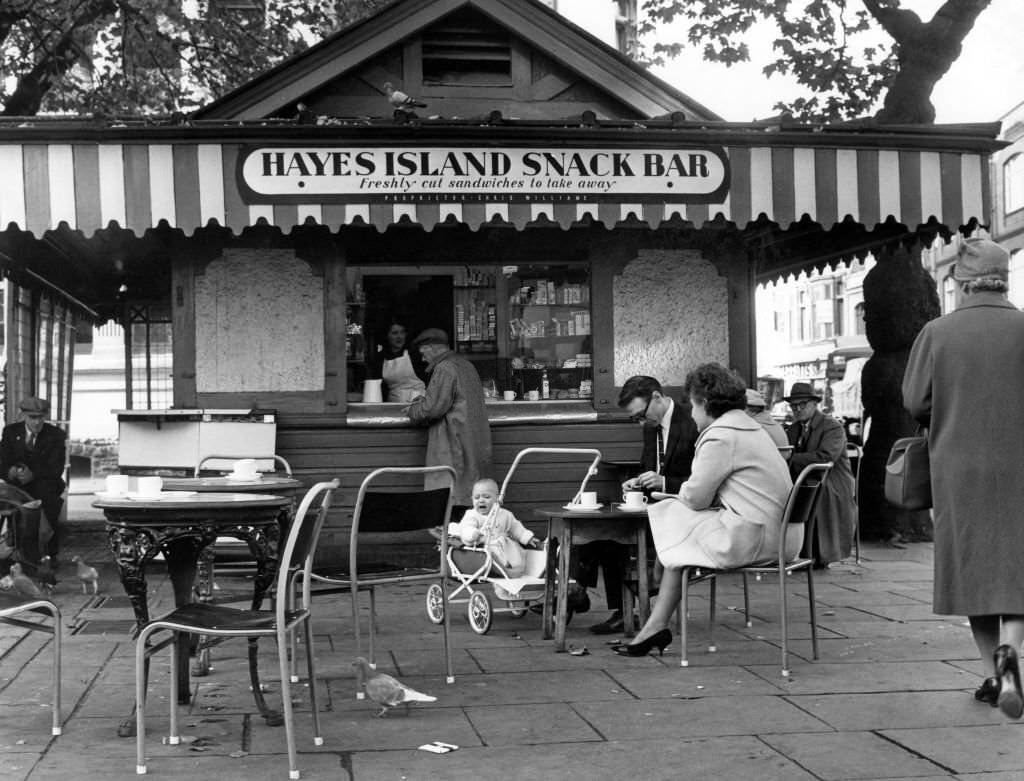





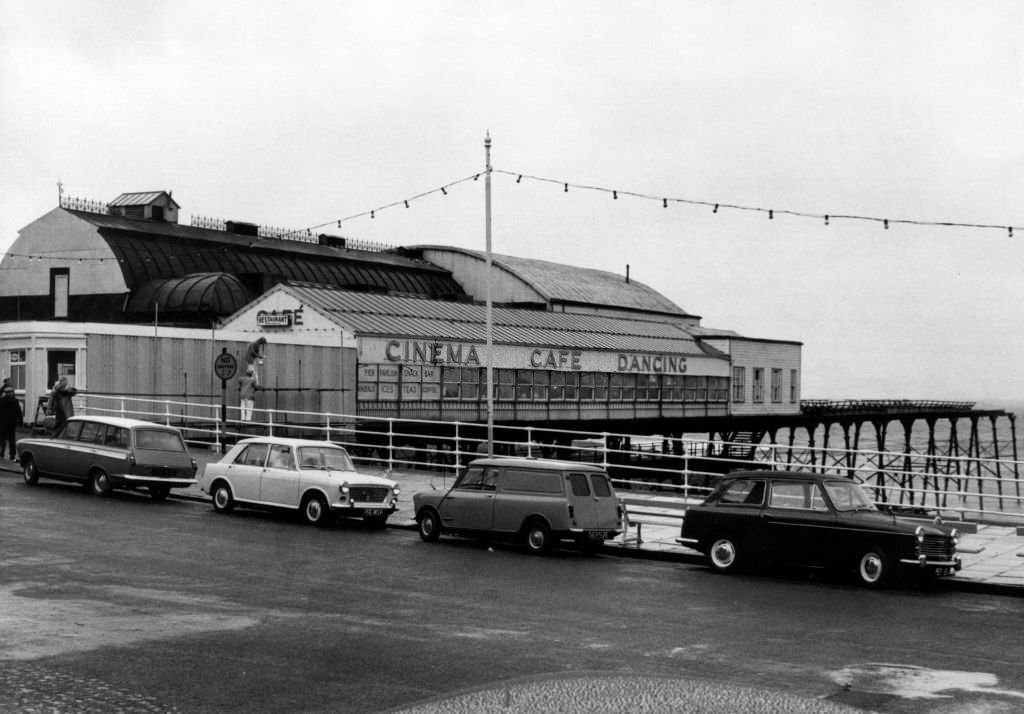









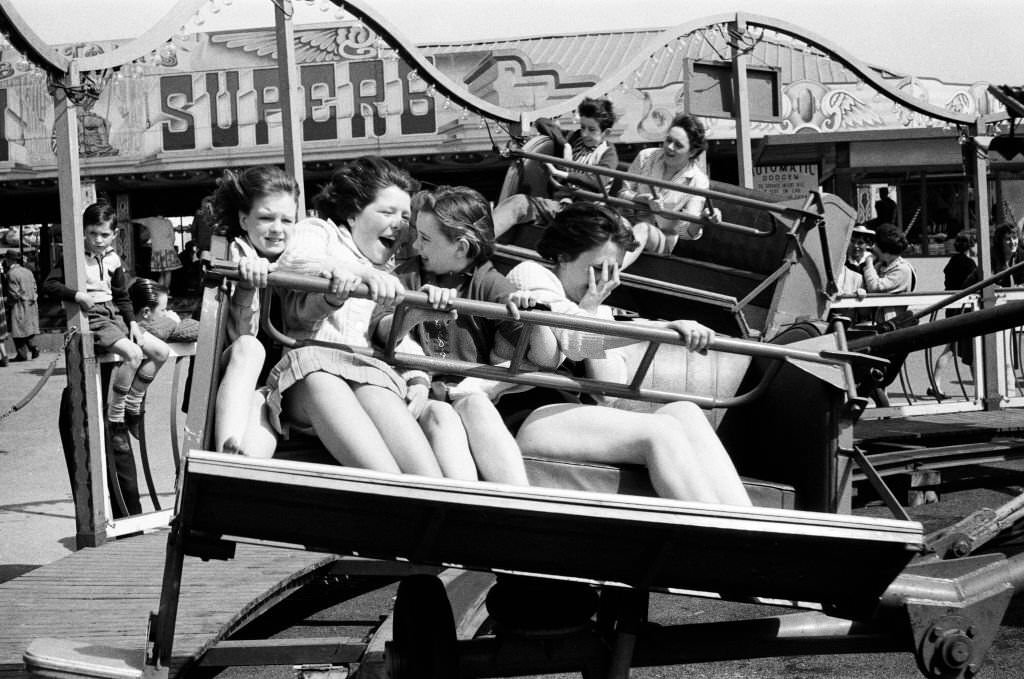
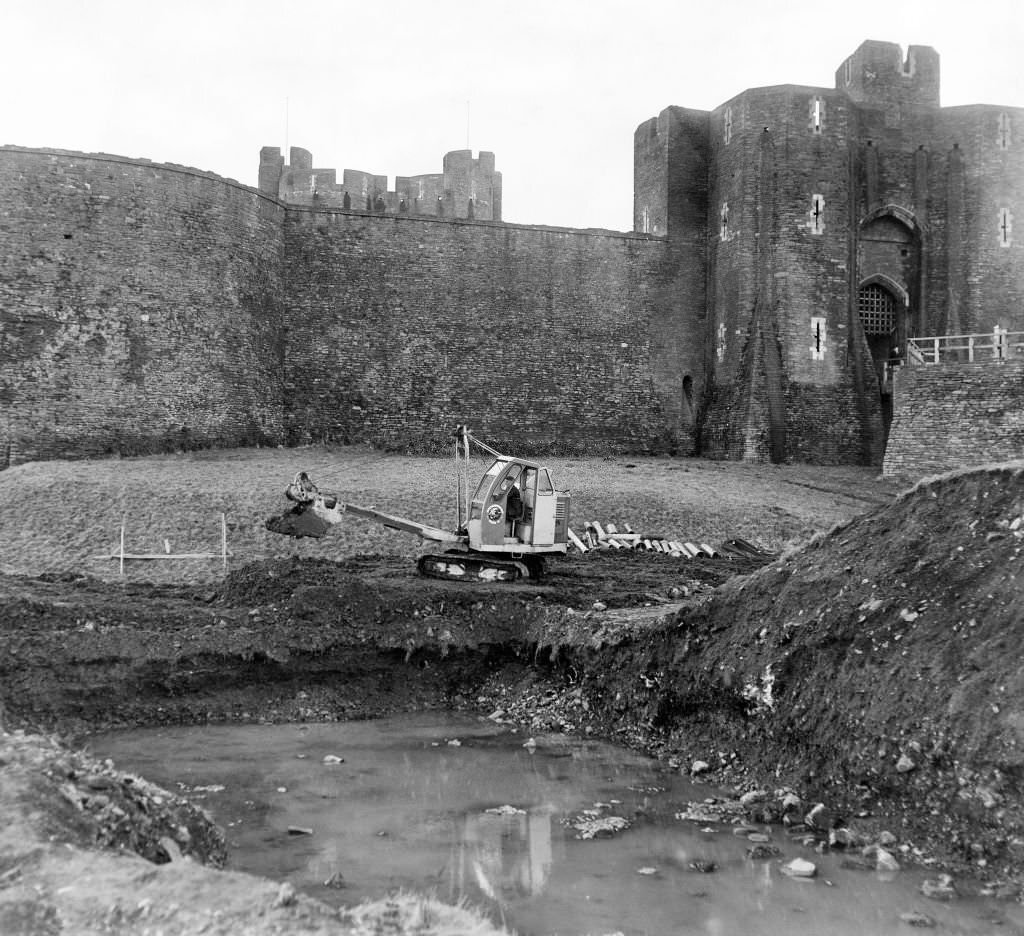


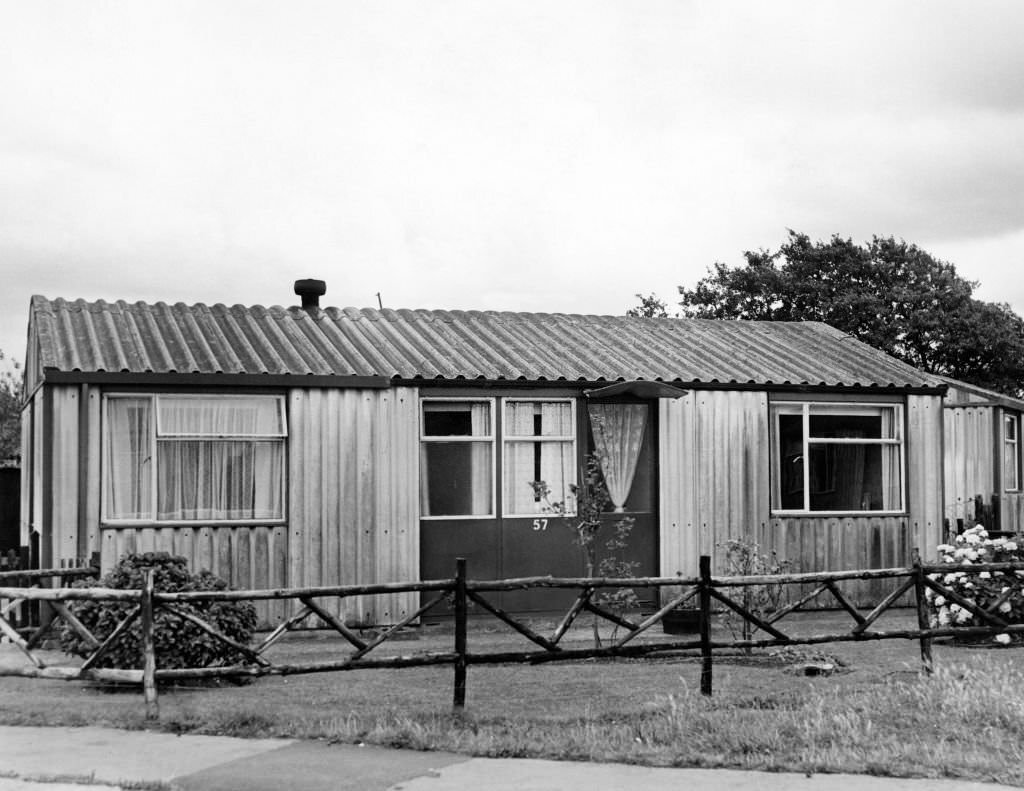
























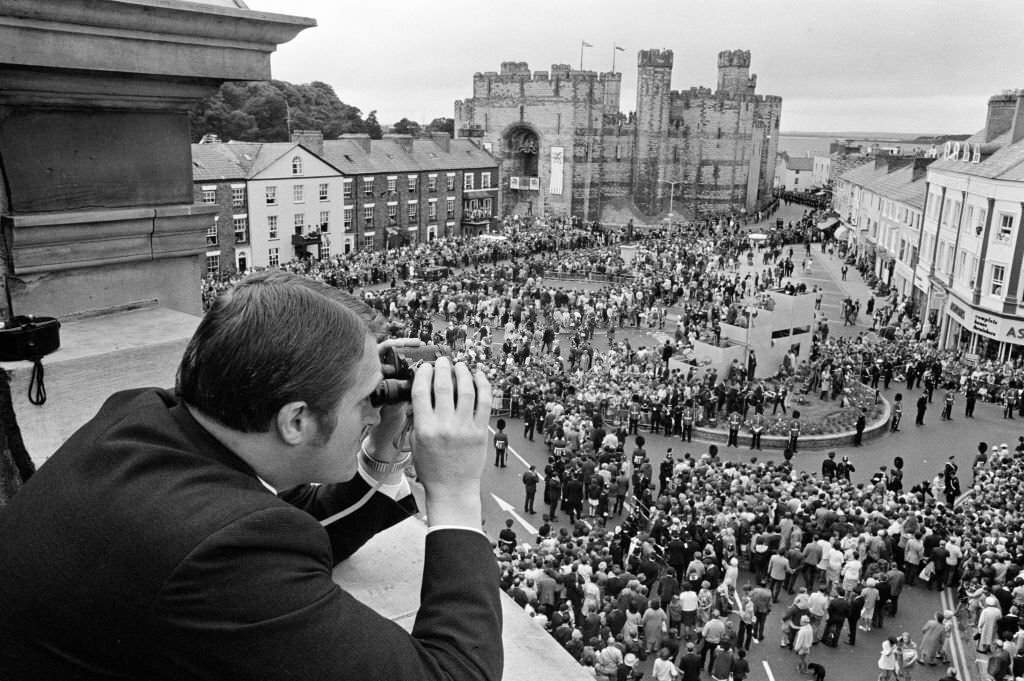













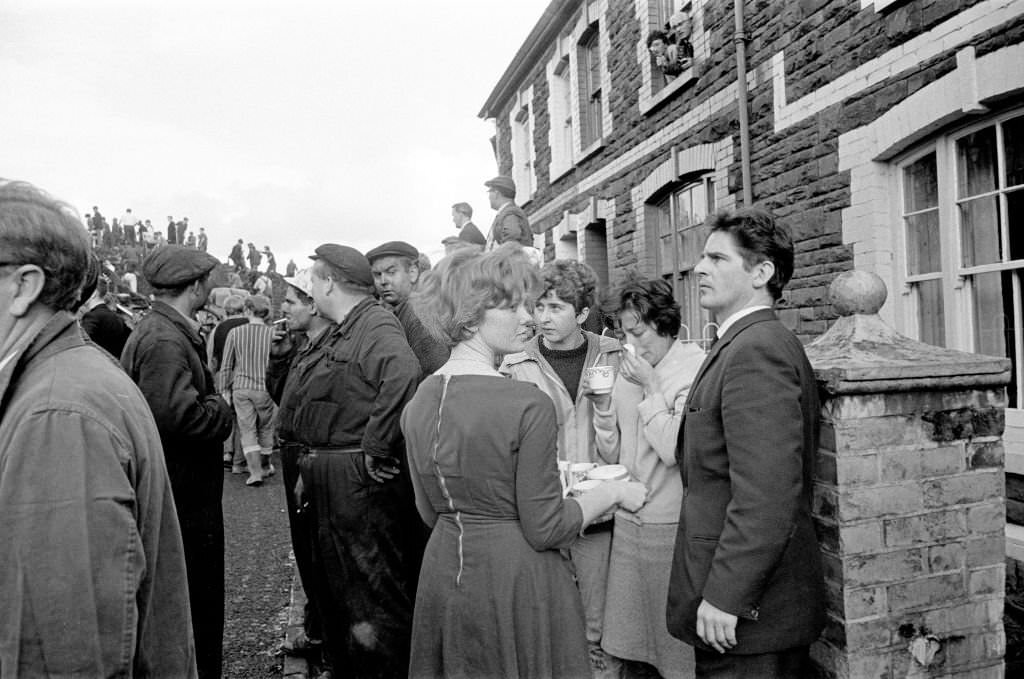
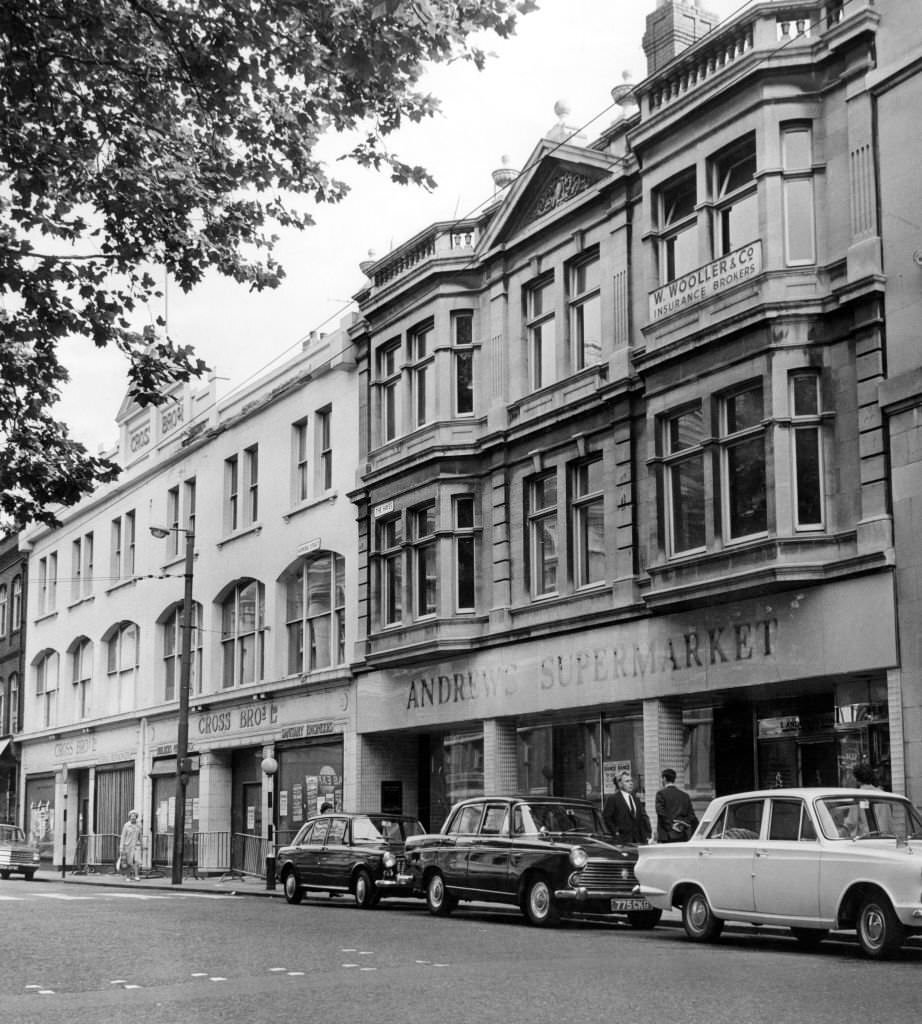

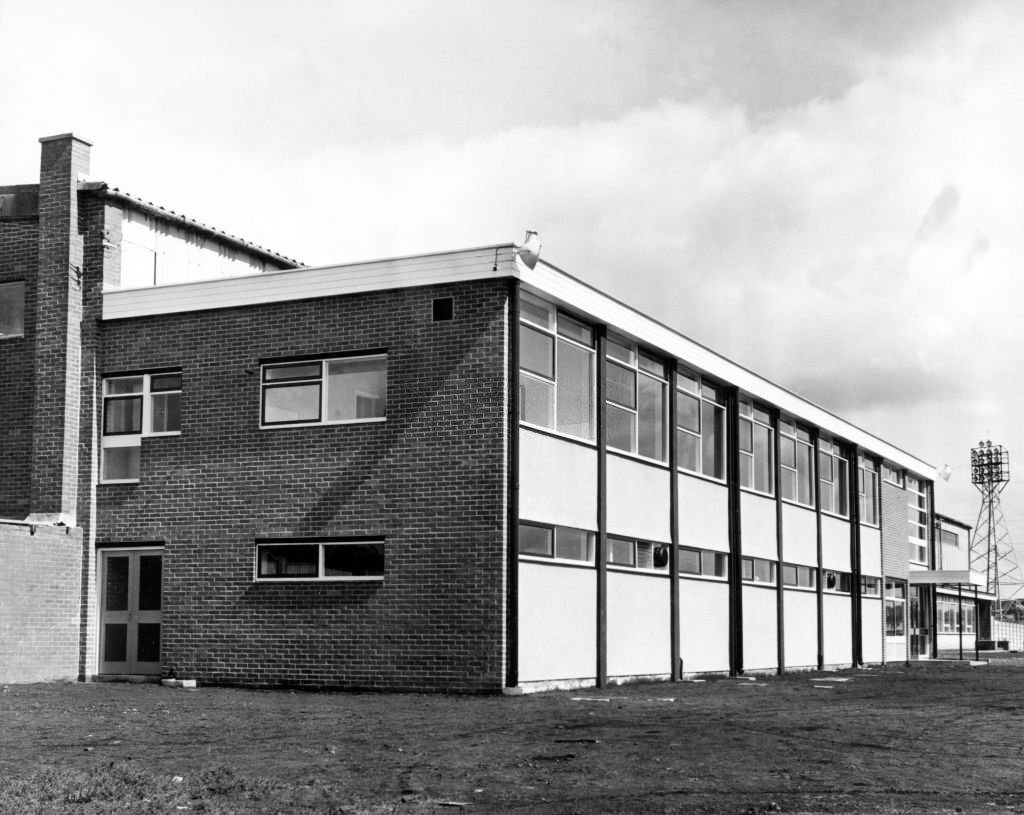







Swansea hadn’t been founded then..
The castles look the same